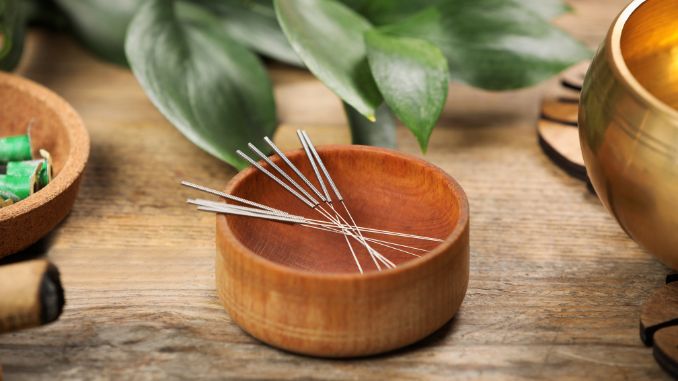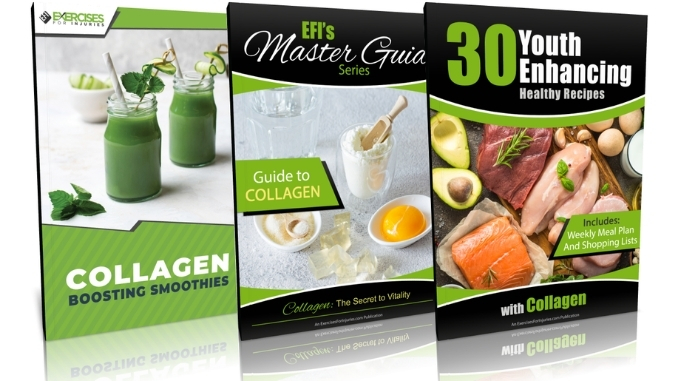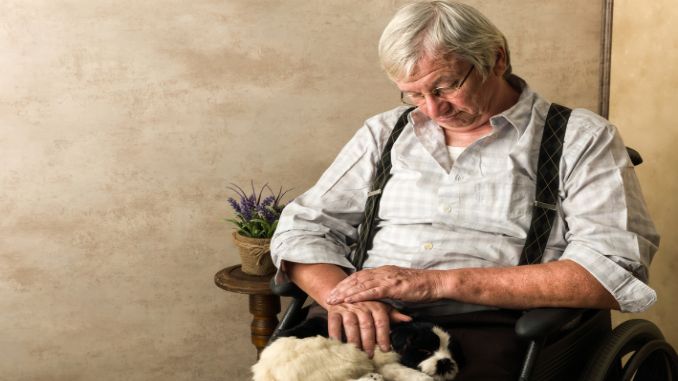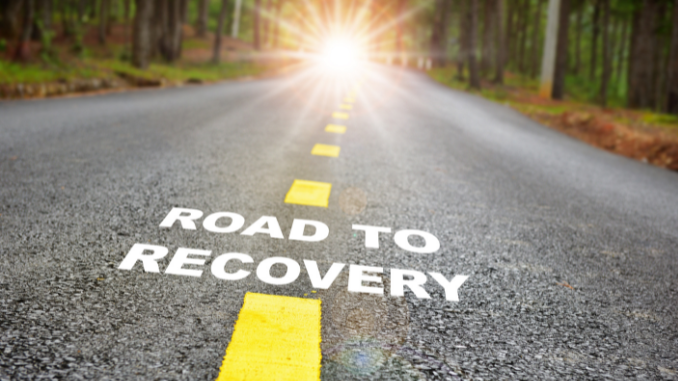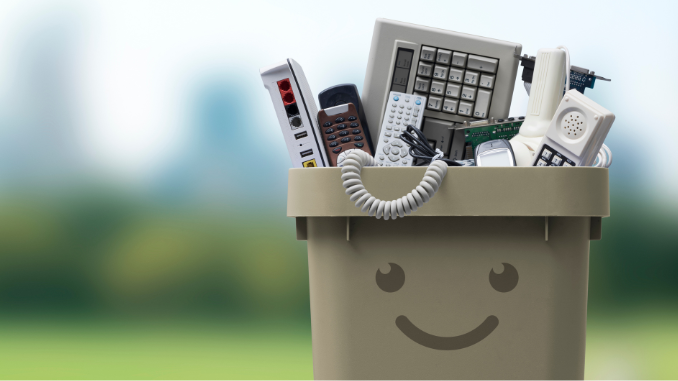Scars are more than just marks on your skin—they can bring stiffness, discomfort, scar symptoms, and even emotional baggage. A friend of mine, had an old surgical scar that caused occasional pain and tightness. She decided to try acupuncture after hearing it could help with these issues, and her results might just inspire you to explore this option too.
What Is Acupuncture?
Acupuncture is an ancient Chinese medicine practice where thin needles are inserted into specific points on your body to promote healing and balance. The goal? To improve circulation, reduce pain, and restore the body's natural flow of energy, or qi. My friend admitted she was skeptical at first, but her experience shows how powerful this practice can be.
What Causes Scar Tissue?
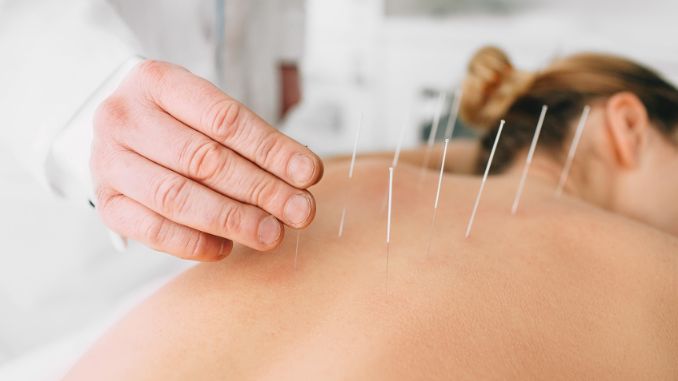
Scar tissue forms when the body repairs itself after an injury, surgery, or trauma. When your skin or tissues are damaged, collagen is produced to close the wound. Unlike healthy tissue, scar tissue is less flexible and more fibrous, which can lead to stiffness and discomfort over time. Additionally, even small scars can cause bigger issues if they affect nearby nerves, muscles, or circulation. Understanding the intricacies of wound healing is critical for effective scar treatment and management [¹].
The Role of Connective Tissue in Scar Formation
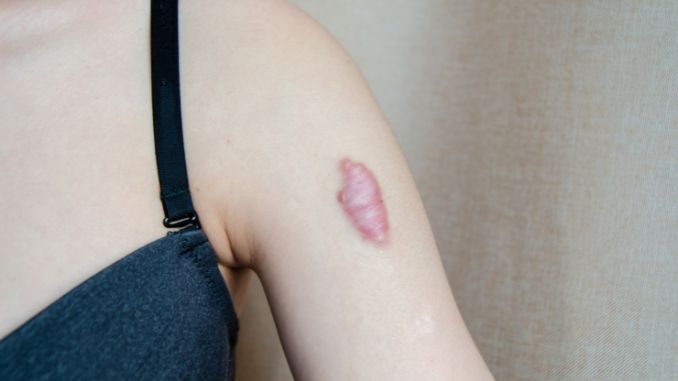
- Connective tissue is key to scar formation. When skin is injured, your body repairs it by producing collagen, the protein that gives skin structure and strength.
- Collagen and elastin form the connective tissue that holds skin together and keeps it elastic. During healing, new collagen fibers are created to mend the area, but these can be laid down irregularly, forming scar tissue.
- Scar tissue is often thicker, less flexible, and sometimes discolored compared to normal skin.
- Moreover, two main types of scars from excess collagen are hypertrophic and keloid scars. Hypertrophic scars are raised, red, and may itch or hurt, while keloid scars extend beyond the wound and are harder to treat.
- Acupuncture [²] has shown potential in reducing scar appearance and relieving symptoms, making it a promising treatment option.
How Scars Can Affect Your Body?
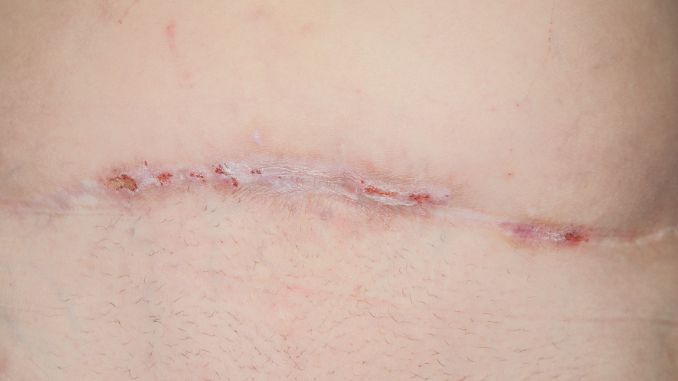
Scar tissue forms as your body heals from an injury or surgery, but it doesn’t always stop there. Over time, it can cause tightness, limit movement, and even disrupt circulation. For some, like Sarah, it’s not just a physical issue—it’s a constant reminder of past trauma. Moreover, understanding how scars affect your body can help you take the right steps to manage them. Additionally, scars can lead to neuropathic scar pain, a type of pain related to complications in scar tissue healing.
Is Pain in Scar Tissue Treatable with Acupuncture?
Yes, treating scar pain with acupuncture is effective. Acupuncture addresses the pain and stiffness caused by scar tissue in several ways:
1. Improved Circulation
Acupuncture promotes blood flow to the scar area, which helps soften tissue and reduce inflammation.
2. Tension Release
By targeting specific points, it can release tightness and improve flexibility around the scar.
3. Nerve Stimulation
Acupuncture may reduce sensitivity by calming irritated nerves.
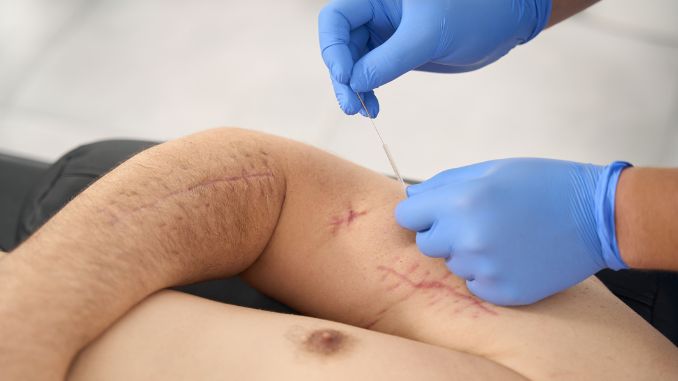
Acupuncture Techniques for Scar Tissue
When it comes to treating scar tissue, acupuncture employs several specialized techniques to stimulate healing and reduce inflammation. Here are some of the most common methods:
- Surrounding the Dragon: This technique involves placing acupuncture needles around the perimeter of the scar. The goal is to stimulate collagen production and promote the healing process by enhancing blood flow to the area.
- Local Needling: In this approach, needles are inserted directly into the scar tissue. This helps to break down the dense collagen fibers, improve circulation, and reduce inflammation.
- Distant Needling: Additionally, this technique targets points on the body that are distant from the scar but are connected through the body’s energy pathways. By stimulating these points, the treatment can help alleviate symptoms and promote overall healing.
Moreover, acupuncture needles are typically inserted at a depth of 1-5 mm and are left in place for about 15-30 minutes. To enhance their effect, the needles can be manually stimulated or connected to a small electrical device. These techniques work together to address the underlying issues associated with scar tissue, providing a holistic approach to scar treatment.
What Does Science Say About the Healing Process?
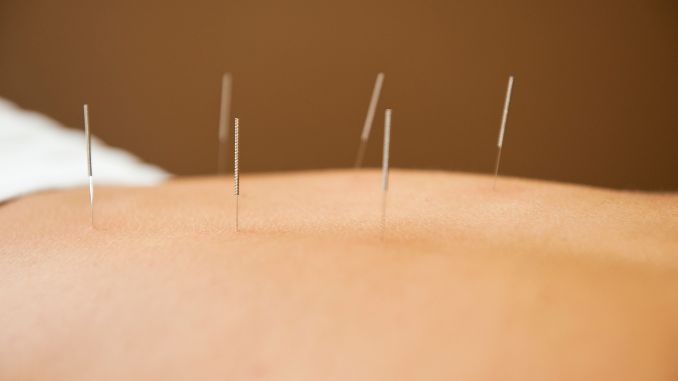
There’s growing evidence that acupuncture can help with scar-related pain and stiffness. Research published in MDPI Journals found that acupuncture improves blood circulation, reduces inflammation, and promotes healing around scars.
While more studies are needed, the results so far are promising. However, only a minimal number of randomized controlled trials have been conducted, highlighting the need for more rigorously designed studies.
Acupuncture has been recognized by various healthcare professionals for its potential benefits in treating scar tissue.
Dr. Pamela Maloney, a licensed acupuncturist, has developed specific techniques for needling scars to improve blood circulation and reduce adhesions.
She emphasizes the importance of needling both locally at the scar [³] and at distal points to promote relaxation and invigorate blood flow.
What to Expect from Acupuncture Treatment
- Acupuncture for scar tissue [⁴] is typically painless and relaxing. You might feel mild warmth or tingling at the needle sites, which is temporary.
- After treatment, mild redness or swelling can occur and usually resolves within hours. Rarely, minor bruising or bleeding might appear but clears within days.
- Many notice symptom improvement after one session, but 6–12 treatments are often recommended for best results, depending on the severity of the scar.
- Moreover, acupuncture complements other medical treatments, aiding healing and pain relief. Consult a licensed acupuncturist or healthcare professional for a tailored plan.
- Understanding the process helps you decide if this holistic therapy aligns with your needs.
Should You Try Acupuncture Treatment for Scar Tissue?
If you’re dealing with discomfort or tightness from a scar, treating scars with acupuncture might be worth considering. It’s non-invasive, holistic, and focuses on supporting your body’s natural healing process. My friend's experience wasn’t unique—many people report similar benefits, from reduced pain to improved mobility.
A Holistic Approach
What sets acupuncture apart is its focus on the whole person, not just the scar. While Sarah initially sought treatment for her scar, she said the sessions helped with stress and overall well-being too. You might find the same—a solution for your scars and a boost to your mental and physical health.
Take the First Step
If you’re curious about acupuncture, start by consulting a licensed practitioner. Additionally, they can evaluate your needs and create a personalized treatment plan. Like my friend, you might discover that acupuncture is the missing piece in your healing journey. Why not give it a try? You’ve got nothing to lose but the discomfort.
Conclusion
Scars may be a natural part of healing, but their impact on your body and well-being doesn’t have to be permanent. Acupuncture offers a holistic, non-invasive approach to address the pain, stiffness, and discomfort that often accompany scar tissue, including surgical scars. Whether it’s by improving circulation, releasing tension, or promoting overall balance, acupuncture has helped many people—including my friend Sarah—find relief and reclaim their comfort.
If you’ve been struggling with the effects of scar tissue, acupuncture could be the solution you’ve been searching for. Take the first step by consulting a licensed practitioner who can guide you on your healing journey. You deserve to feel your best, inside and out. Why not start today?
Discover the healing benefits of acupuncture for scar tissue—reduce pain, improve mobility, and restore comfort naturally. Check out our Guide to Collagen to learn how it supports your body’s healing process!
FAQ's
1. Does needling break up scar tissue?
Yes, techniques like dry needling or microneedling can stimulate collagen production, improve blood flow, and break up adhesions in scar tissue, enhancing flexibility and reducing tightness.
2. What is the fastest way to dissolve scar tissue?
Massage therapy, laser treatments, ultrasound therapy, or needling combined with consistent stretching and physical therapy are the fastest methods to dissolve or remodel scar tissue.
3. Can acupuncture help scar tissue?
Yes, acupuncture can improve blood flow, reduce inflammation, and stimulate tissue healing, which may help soften scar tissue and improve mobility.
4. When is it too late to break up scar tissue?
It’s never too late to improve scar tissue, but older scars may take longer to respond. Consistent therapy and interventions like massage or needling can still bring benefits even years later.
5. What vitamins reduce scar tissue?
Vitamins C and E are key for reducing scar tissue as they support collagen remodeling and skin healing. Zinc and vitamin A can also aid in wound repair.
6. Does cupping work for scar tissue?
Yes, cupping can improve circulation, loosen adhesions, and soften scar tissue, potentially improving mobility and reducing discomfort.

